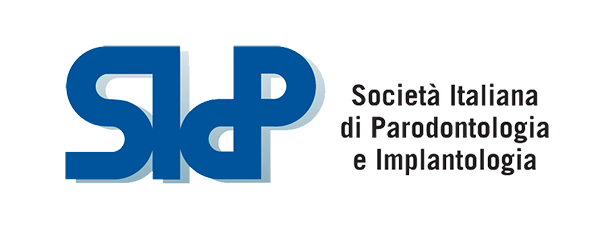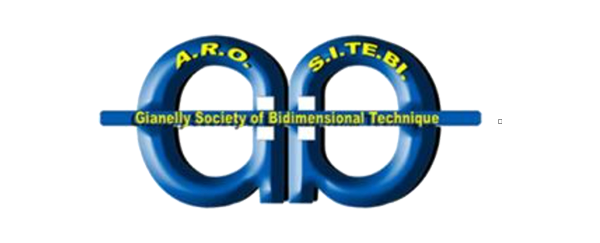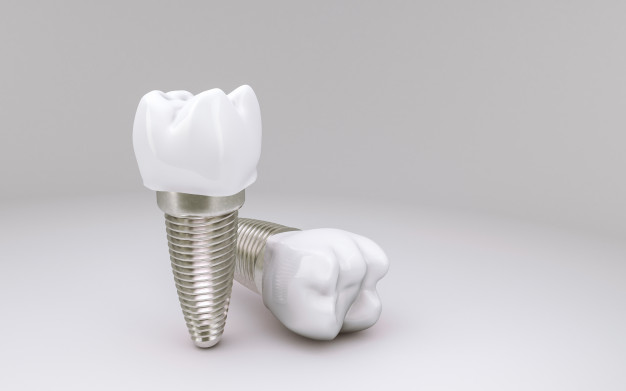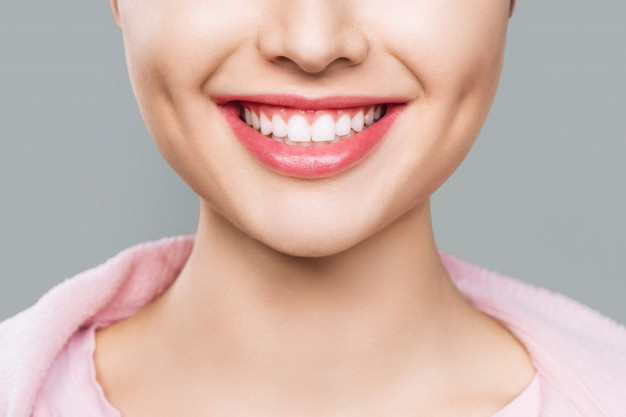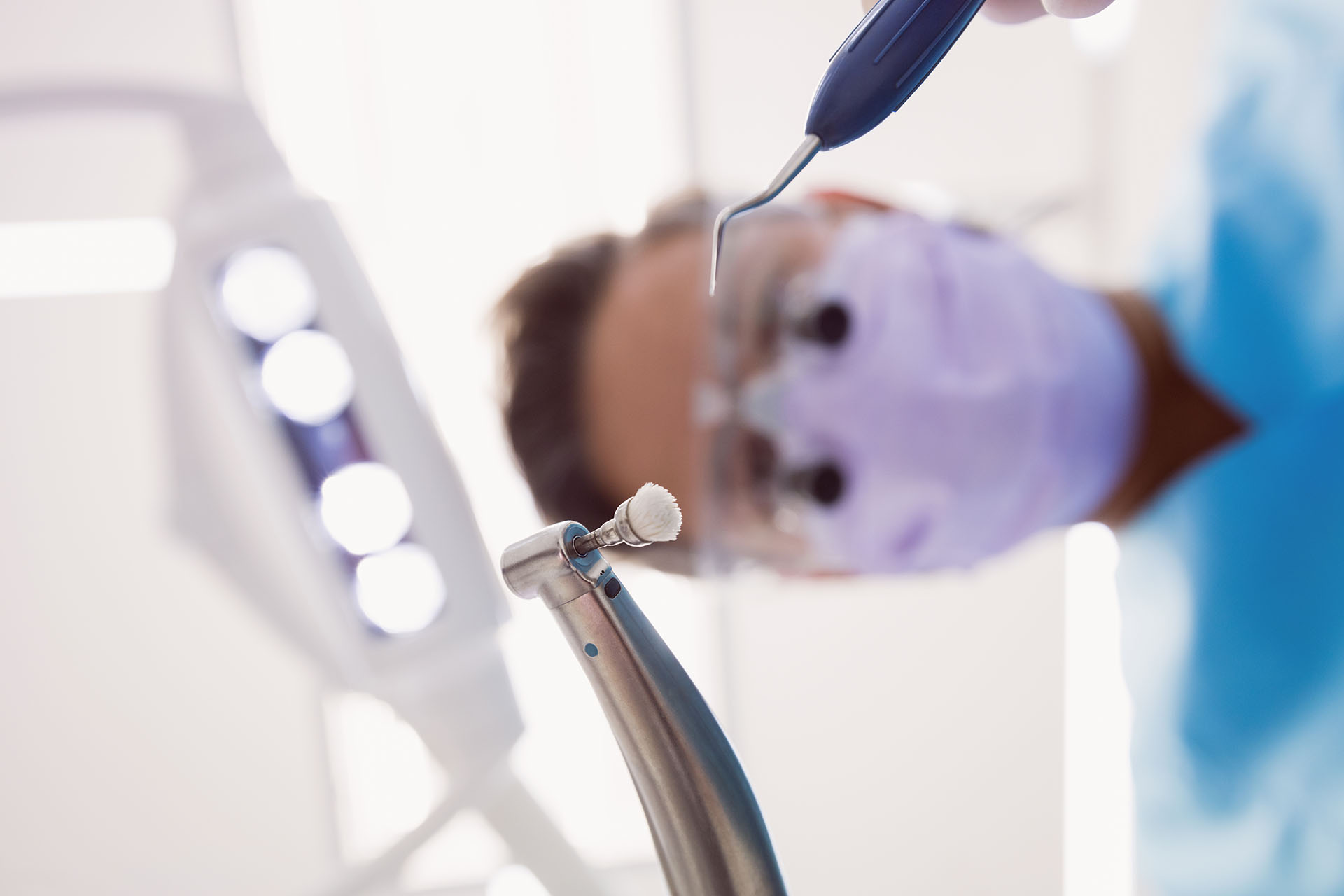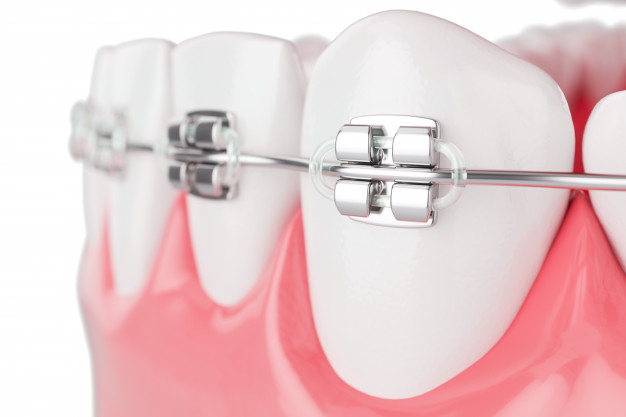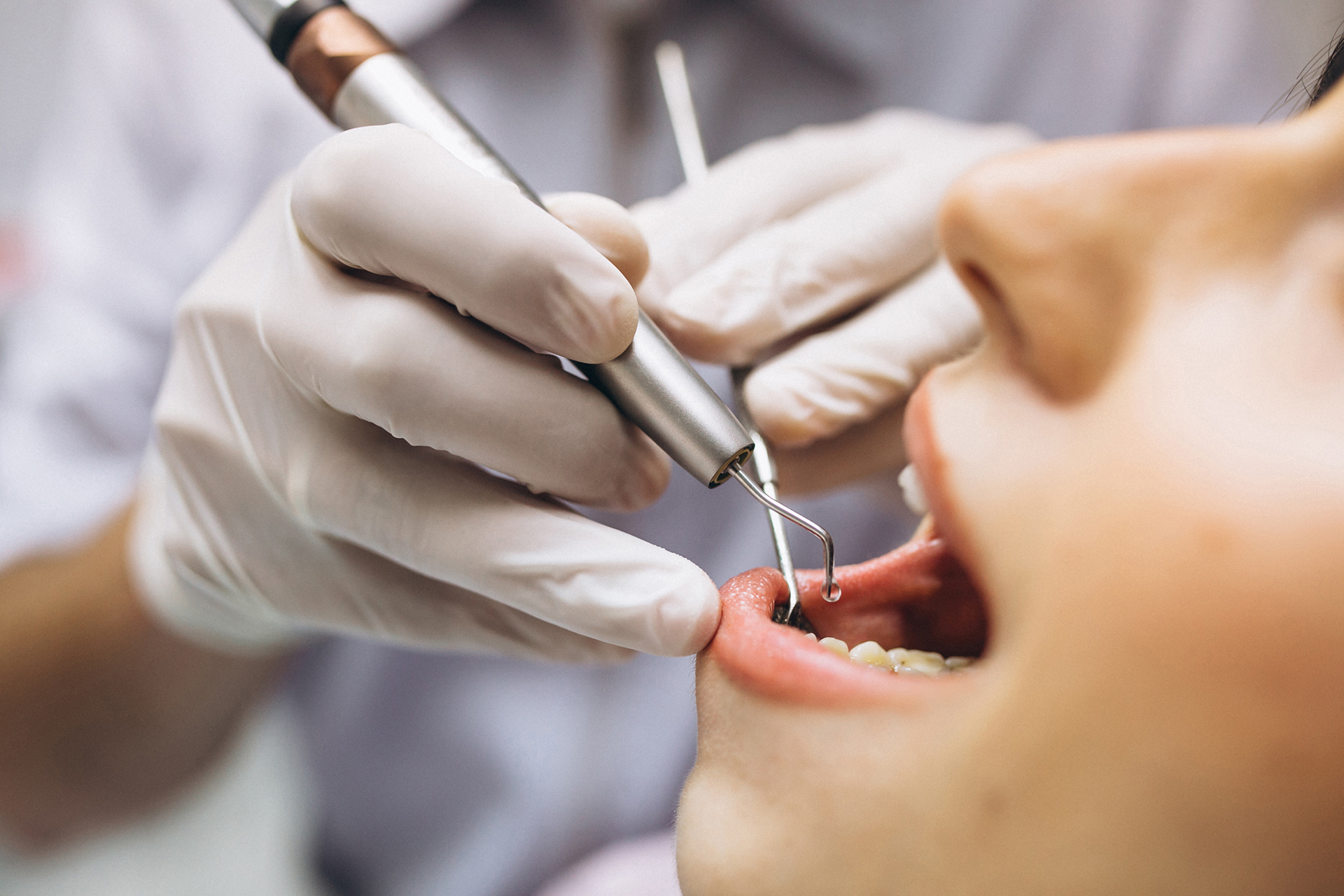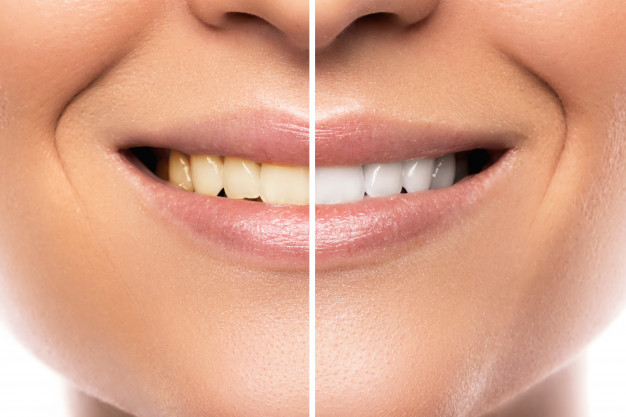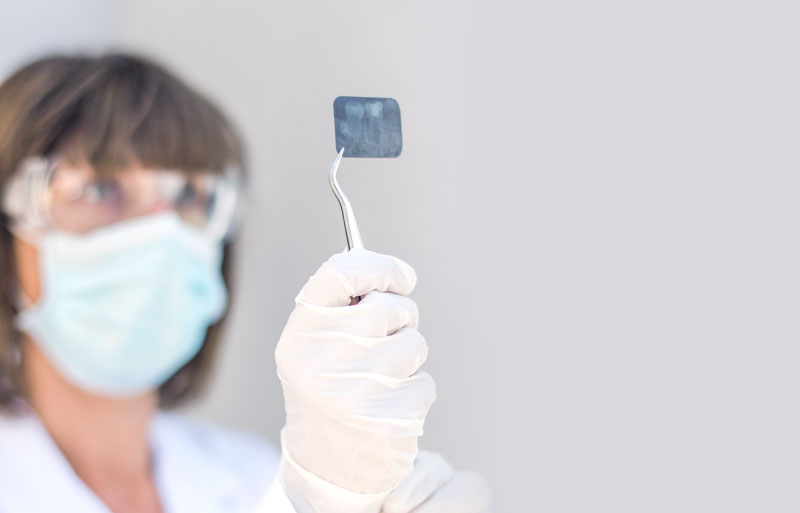Our services
Health, Aesthetics, Function
It’s your first time?
The conquest of a beautiful and healthy mouth begins here
It’s your first time?
The conquest of a beautiful and healthy mouth begins here
Oral and implant surgery
Oral and implant surgery has evolved a lot in the last two decades. In our clinic, extractive surgery, bone regenerative surgery and implant surgery are performed routinely.
The new technologies of the clinic applied to dental surgery allow the use of increasingly safe, performing, painless techniques, reducing healing times and the post-operative recovery, ensuring targeted and precise interventions.
Among the various technologies we use, we mention the acquisition of radiological images in 3D thanks to the Carestream CS 8100 Orthopantomograph with Cone-beam technology, the Diode Laser, the Piezosurgery Mectron, Electrosurgical units ….
FAQ
IS IT POSSIBLE TO REPLACE FIXED TEETH IN SHORT TIME?
Thanks to immediate loading, it is possible to replace missing teeth in a few hours even when there is a bone loss thanks to the All-On-Four technology.
It is an extremely reliable technique, less expensive compared to traditional implantology procedures, that new technologies have simplified and made safer. Moreover, post-operative discomforts are reduced.
The edentulous patient or with compromised teeth is rehabilitated in an excellent way both from a functional and aesthetic point of view with a single operation.
Aesthetics
Prosthetic aesthetics: Our primary objective in every rehabilitation treatment is the attention to aesthetic and functional details. Our “Natural Mimetic Smile” philosophy achieves these goals thanks to the use of excellent quality materials that allow very high levels of precision.
Veneers: Their purpose is to improve and maximize the degree of harmony, symmetry and color of the frontal region of the upper arch, giving the smile a “Hollywood” look.
Mucogengival aesthetic surgery: Treatment of aesthetic gingival changes, most often linked to recessions. The objectives of mucogingival cosmetic surgery are therefore the increase in gingival volume and height around natural teeth, prosthetic elements or implants.
Filler: Our studio uses hyaluronic acid fillers, which are completely biocompatible and absorbable within 6-10 months.
FAQ
WHAT MATERIALS DO WE USE?
The use of metals for dental reconstructions is definitively disappearing to the advantage of new metal-free materials such as feldspathic ceramics, composites, zirconia and lithium disilicate. These have supplanted traditional therapies for biocompatibility and high aesthetic performance.
WHICH TECHNOLOGIES ARE USED?
We use Carestream CS 3600 3D Scanner, which allows to make a digital impression of the oral cavity in a few seconds while maintaining a high level of precision without all the inconvenience of traditional techniques.
The Cad-cam has allowed the production of polycrystalline ceramics for the reconstruction of single tooth or entire arches, responding to the modern demands of biomimicry.
DIFFERENCES BETWEEN YESTERDAY AND TODAY?
Today it is possible to restore a tooth without invasive preparations that sometimes resulted in the loss of vitality thanks to additive restorations capable of restoring the integrity of the tooth structure lost due to usury, erosion or caries.
WHO IS SUITABLE FOR FILLERS?
Before the application of fillers, a thorough study of the patient anatomy associated with an aesthetic evaluation of the soft tissues is made, to ensure the harmony of the structures of the perioral area.
Benefits of fillers:
• In patients under 40, hyaluronic acid stimulates the production of natural collagen, which delays cellular aging and the formation of wrinkles and expression lines.
• In patients over 40, in case there are already wrinkles and furrows, it reduces their size and give the skin a more relaxed and youthful appearance.
General Dentistry
- Prevention through periodic clinical and radiographic visits
- Elimination of the causative factors of the disease
- Patient motivation
- Interception and arrest, if possible, of demineralizing lesions
- Treatment of lesions involving hard tissues (caries)
- Maintenance of teeth vitality
- Endodontics, care of the internal tissues of the tooth
Orthodontics and Gnatology
Interceptive orthodontics
Fixed orthodontics: Both adult patients and young patients may need fixed orthodontic treatment in order to restore aesthetics and function.
Invisible orthodontics: Invisible orthodontics is now increasingly requested from patients.
Our studio, after a careful evaluation of each case, offers the possibility of proceeding with techniques consisting of transparent masks that have the great advantage of ensuring maximum aesthetics throughout orthodontic treatment.
FAQ
WHY DO WE TALK ABOUT INTERCEPTIVE ORTHODONTICS IN CHILDREN?
Carrying out regular and constant visits to children allows us to follow their growth and evaluate the presence of bad habits or alterations in the exchange phase of the milk teeth.
From the first years of life it is important to intercept all those elements that could compromise the correct development of the arches and cause the appearance of malocclusions.
HOW DO WE WORK?
Once the cause has been intercepted, action will be taken only if necessary, with distinct strategies that can refer to orthopedic-orthodontic appliances or psychological support or both.
WHAT HAPPENS DURING THE FIRST ORTHODONTIC EXAMINATION?
The patient is entirely evaluated through a past and present anamnesis, analog and digital impressions, intraoral and extraoral photos and two-dimensional and three-dimensional radiographs performed in the clinic.
WHEN CAN A GNATOLOGICAL VISIT BE USEFUL?
When one or more of the following symptoms occur:
• Pain in the head, neck, face, jaw, ear
• Headache
• Blockage of the jaw and struggles in opening and closing the mouth;
• “Click” of the jaw Posture disturbances, accompanied or not by pain in the back, shoulders and legs;
• Bruxism or grinding;
• Vertigo
• Tinnitus
Periodontology
Periodontology includes the care of the tissues that surround the tooth and ensure its support and survival over time.
FAQ
HOW DO WE IDENTIFY PERIODONTAL PATHOLOGIES?
We believe that it is necessary to pay attention to the health of the periodontium. We try to identify the presence of pathologies with a low-dose digital panoramic radiograph and with periodontal probing since the first visit.
We recommend watching the prevention SIDP video for more information.
We use CBCT radiology for complex cases in diagnostics, which offers three-dimensional, highly detailed images with very low radiogenic doses.
HOW DO WE TREAT PERIODONTAL PATHOLOGIES?
We try to make the therapies less invasive thanks to equipments such as the diode laser and the Piezon master 700 from EMS that quickly removes tartar offering a comfortable, high-precision treatment with minimal abrasion of the tooth’s surface.
The skills and professionalism of our dental hygienist, Dr. Monica De Felice, allows our patients to obtain painless treatments and, very often, avoid surgery.
WHEN IS PERIODONTAL SURGERY NECESSARY?
With GTR (Guided Tissue Regeneration) it is possible to reconstruct the gum that has been lost over time with extraordinary results both for aesthetics and for the health of the tooth.
Hygiene and Whitening
Hygiene: Professional dental hygiene represents, in our clinic, a complete treatment aimed at maintaining oral health and preventing future diseases.
Whitening: Teeth whitening allows you to improve minor aesthetic problems and to get a pleasing smile quickly and easily.
Whitening can be performed in the office or at home, in both cases we recommend you rely on our indications to avoid creating damage to dental structures.
FAQ
HOW OFTEN SHOULD PROFESSIONAL HYGIENE BE DONE?
Our hygienist recommends a session every six months.
However, there are patients with specific conditions that may require closer sessions.
WHAT TECHNOLOGIES DO WE USE?
In our studio, professional hygiene is mainly carried out through the use of AIRFLOW-EMS technology which allows, through touch adjustment of the pressure used, to reach the most difficult areas. Such technology allow to eliminate every small stain for a whitening effect, also guaranteeing a reduction of the discomfort felt by the patient with the classic ultrasounds.
DIFFERENCE BETWEEN PROFESSIONAL WHITENING AND HOME PROCEDURES?
In our opinion, professional whitening represents the most effective option for an optimal and immediate result. The effectiveness of this treatment is guaranteed by the use of high-quality products that can only be managed in a specialized studio, such as the application of a professional LED lamp which is used to further increase the whitening effect. In addition, the constant supervision of the specialist in the different phases of the treatment is ensured.
Home whitening is carried out with the delivery to the patient of a whitening kit recommended by us, in this case the effectiveness will be average since the concentration of the whitening product, the hydrogen peroxide, is lower.
IS WHITENING PAINFUL?
The whitening is not painful, it does not hurt, but it can make the teeth more sensitive. This should not worry the patient because the sensitivity disappears within two days after the treatment.
The first days after the whitening treatment are very important: wrong behaviors in this period can reduce the whitening effect. We recommend avoiding foods with dyes or foods that tend to stain (coffee and tea), follow excellent home hygiene and avoid smoking.
CAN WHITENING DAMAGE TEETH’S ENAMEL?
By performing professional teeth whitening we guarantee that the enamel remains intact and that the teeth are not damaged.
However, we recommend being careful in using home whitening techniques, which are not always respectful of the tooth enamel.
Pedodontics
The oral health of children needs to be monitored carefully from birth to adolescence, therefore regular visits are recommended to ensure that their teeth are healthy and develop correctly.
Neglecting dental health in children can lead to the development of future problems.
FAQ
WHY ARE MILK TEETH IMPORTANT?
Maintaining healthy milk teeth is extremely important for the subsequent positioning of permanent teeth.
In addition to providing chewing in children, milk tooth provide space for future permanent eruptions. The early loss of a milk elements can compromise the correct exchange sequence, causing crowding problems and alteration of skeletal and muscular structures leading to the appearance of malocclusions.
HOW TO PREVENT THE ONSET OF PROBLEMS IN CHILDREN?
It is often mistakenly thought that milk teeth, having to fall out, are not important. This causes inattention in the daily oral hygiene care of children leading to the appearance of caries. To prevent such phenomena, it is adviced to brush your teeth at least twice a day and limit the intake of sweet foods.
We recommend two visits a year from three year of age.
SEALING AND FLURO, WHAT ARE THEY?
In some cases, it may be indicated to perform sealing to prevent the appearance of caries: these consist in the application of a specific resin at the level of the tooth enamel that prevents the accumulation of bacteria and demineralization.
Fluoride can be used in presence of enamel’s demineralization, in order to strengthen the structure of the tooth. The dentist’s advices are always necessary because fluoride can be harmful if used improperly.
Diagnostics and Technologies
At Studio De Matteis it is possible to take advantage of the most modern digital radiological equipment, including:
-
COMPUTERIZED TOMOGRAPHY CONE BEAM
-
LATEROLATERAL-ANTEROPOSTERIAL ORTHOPANTOMOGRAPHY AND RADIOGRAPHIES
-
INTRAORAL SCANNER FOR FINGERPRINT
-
PIEZO-SURGERY
-
REFLEX FLUORESCENCE FOR DIAGNOSIS OF ORAL CARCINOMA
-
DIODE LASER
-
INTRAORAL CAMERA
-
AIRFLOW-EMS
Accomended with

